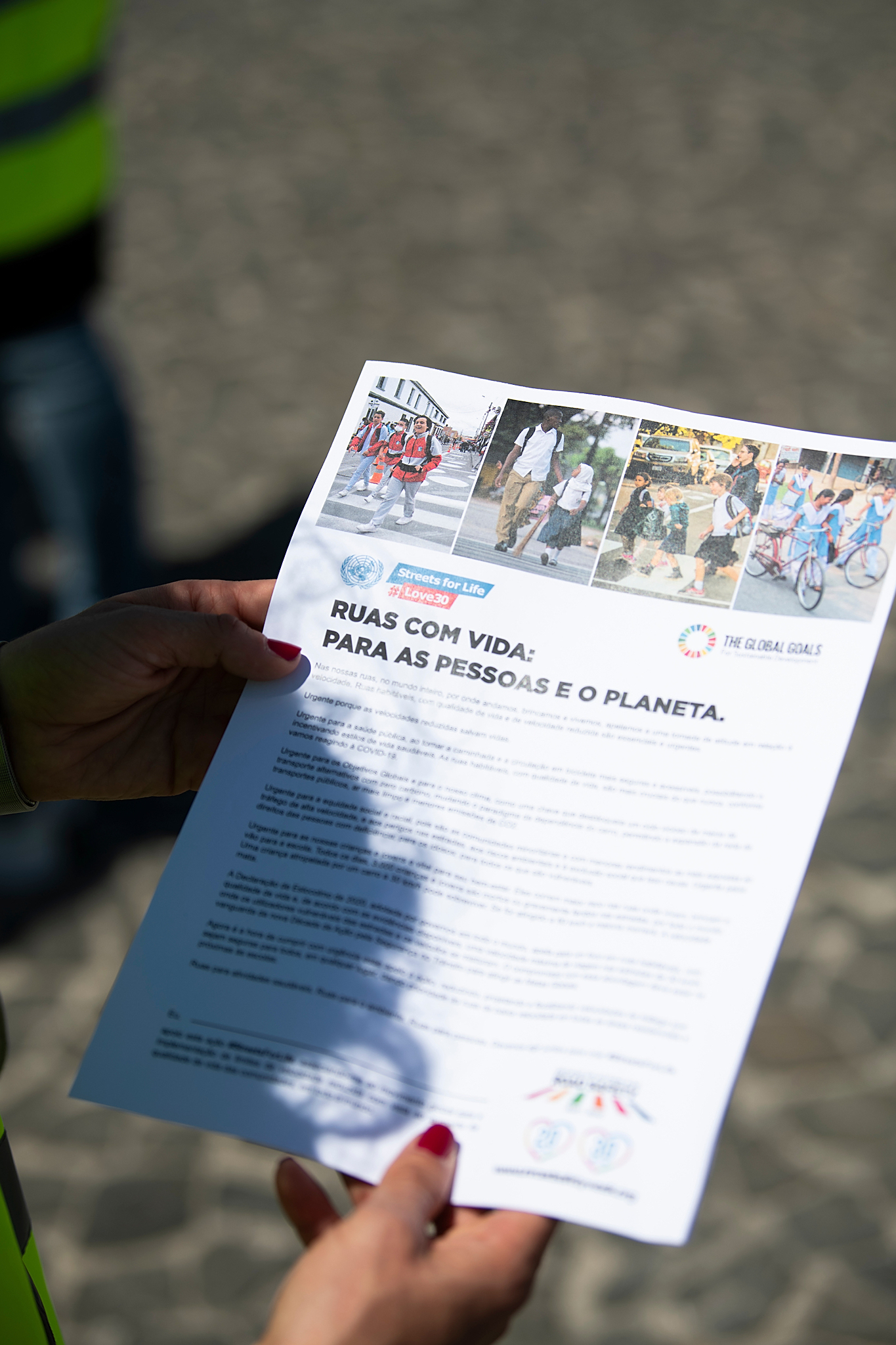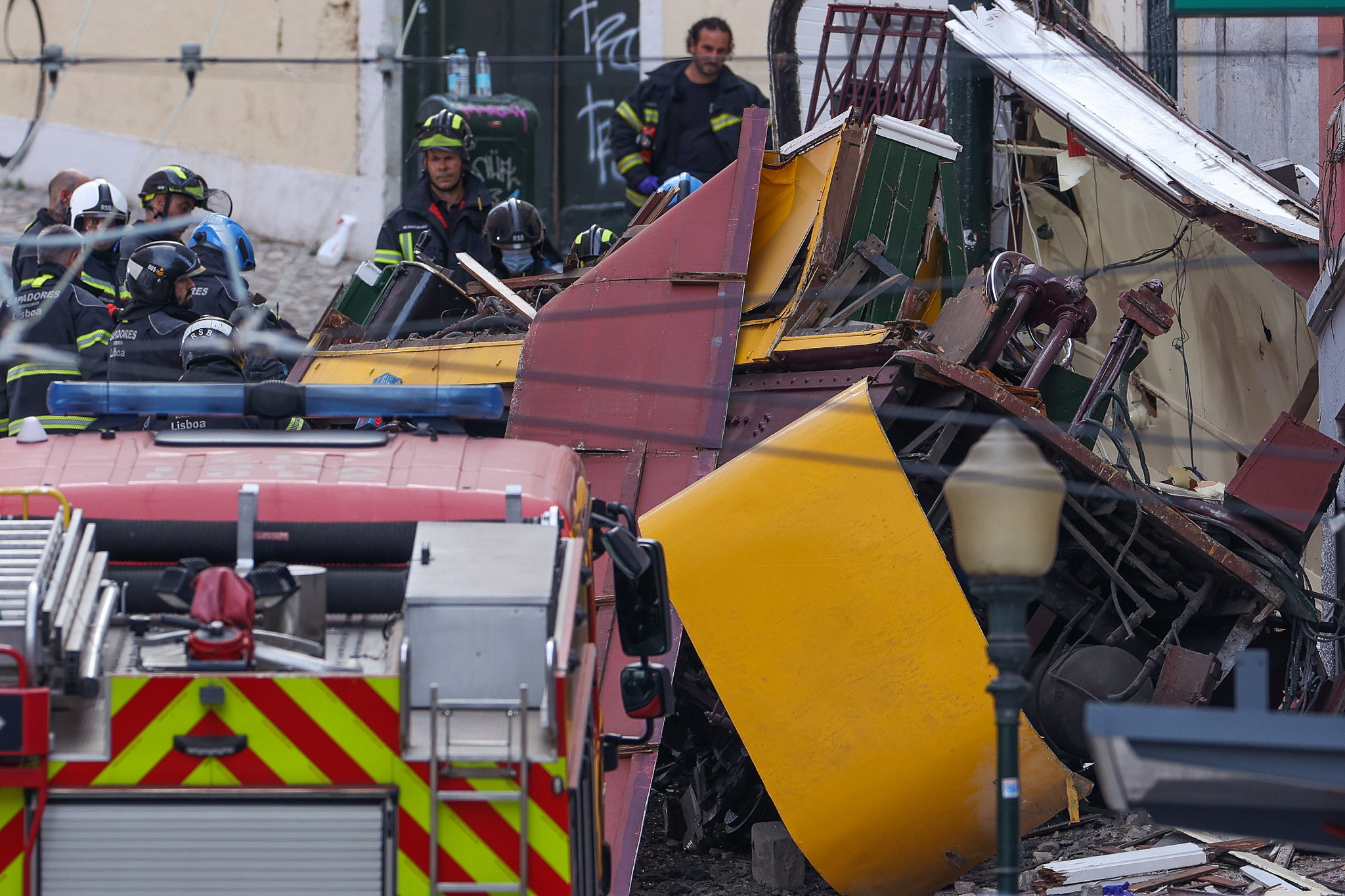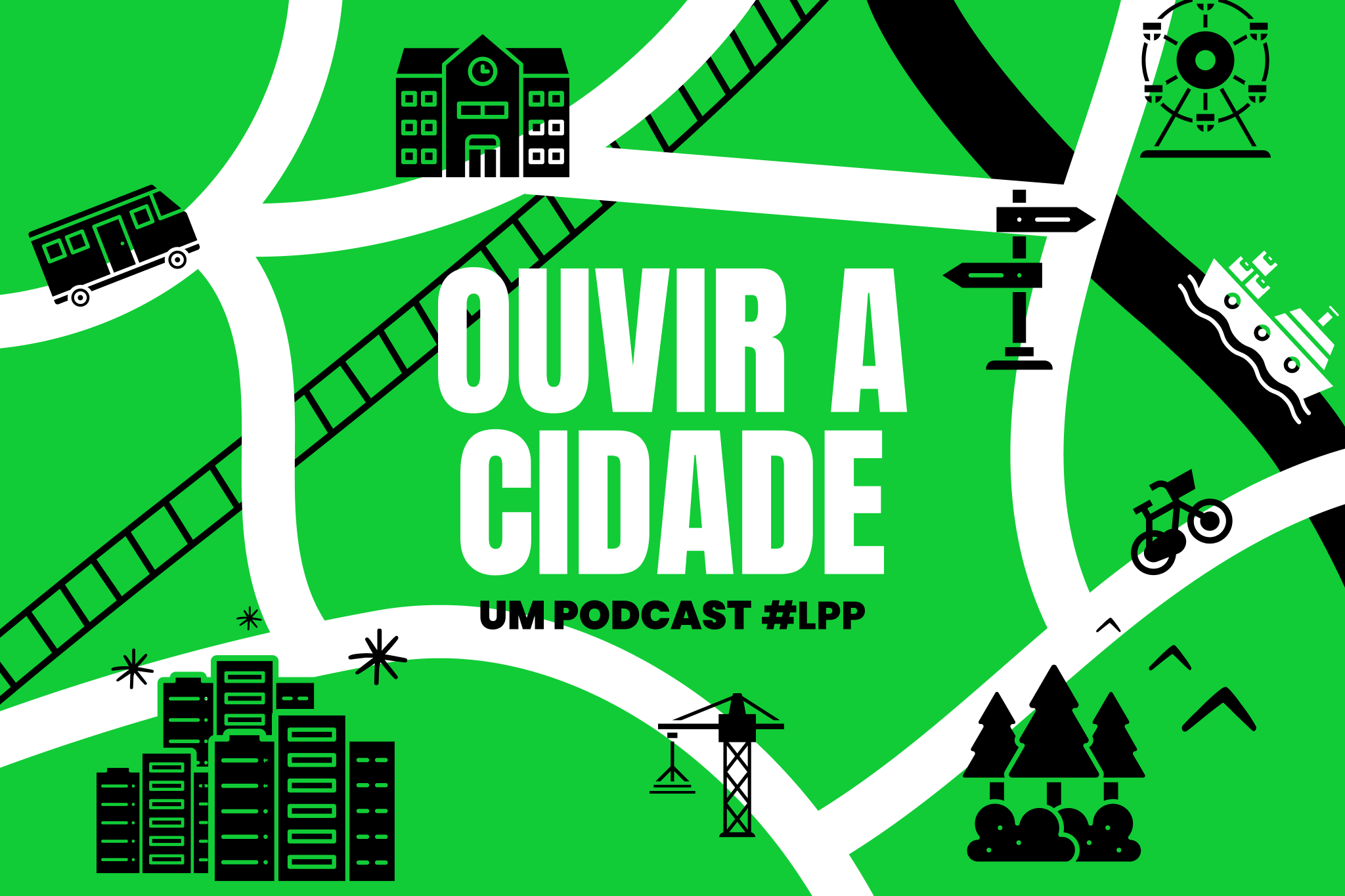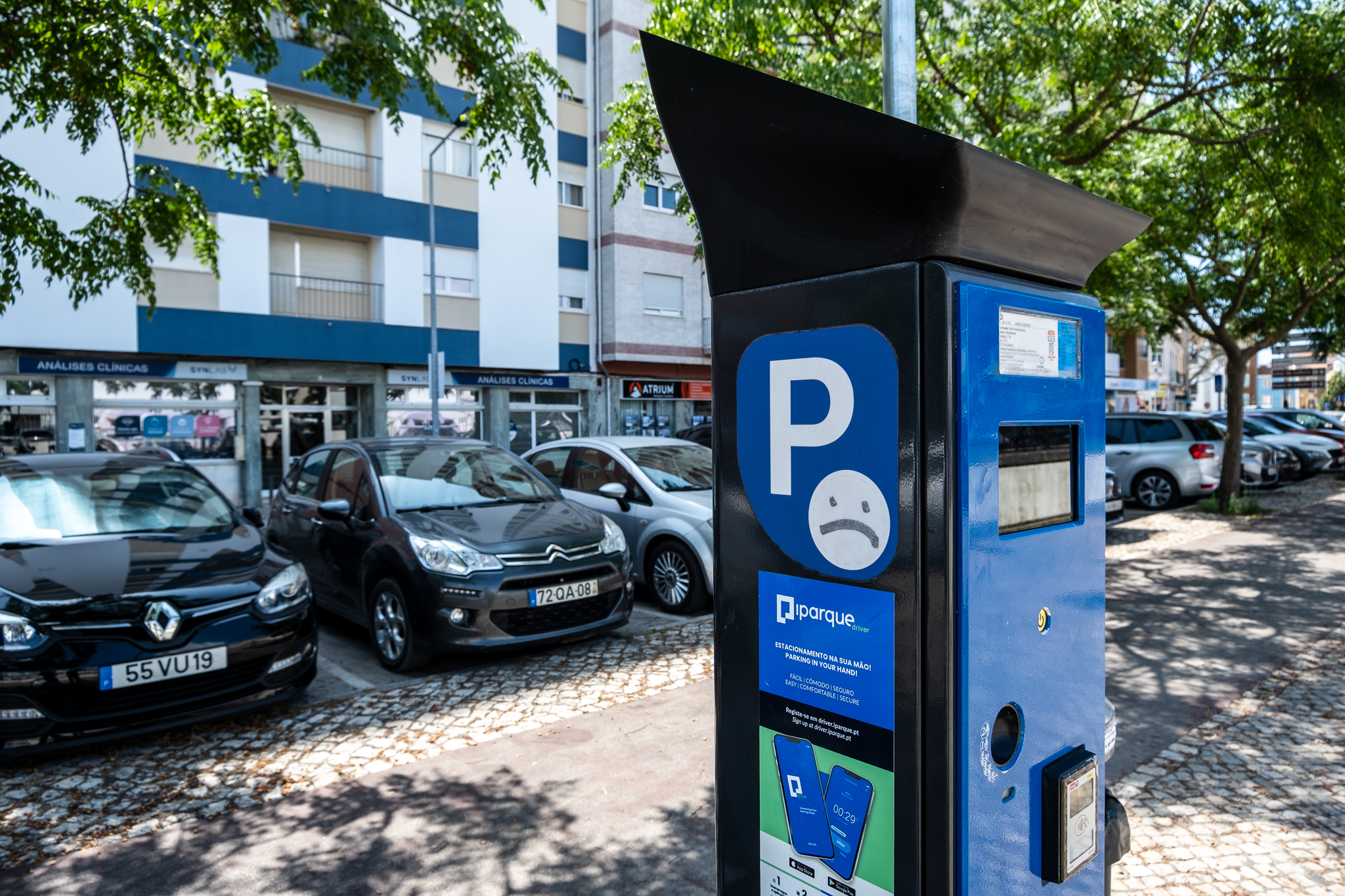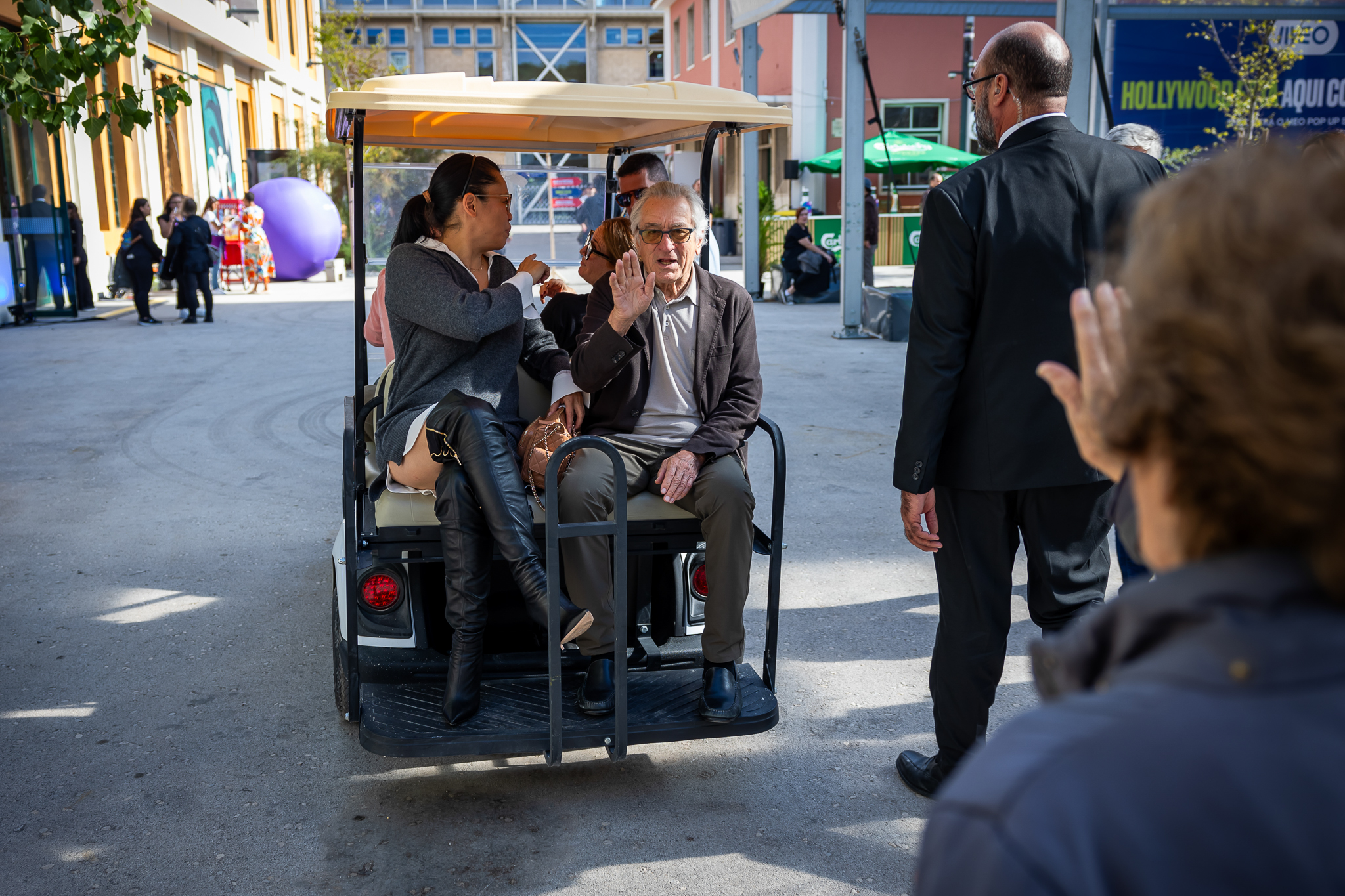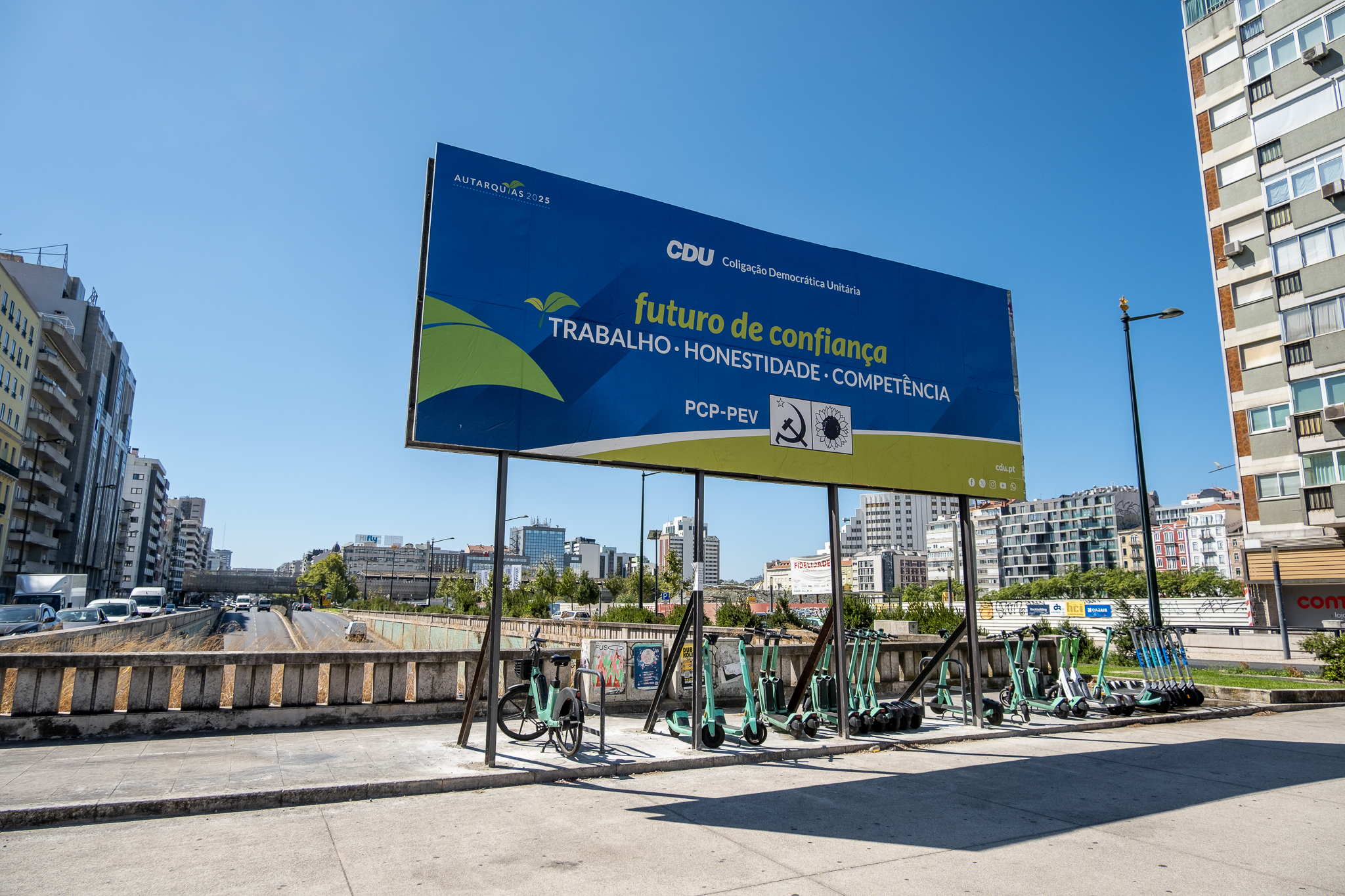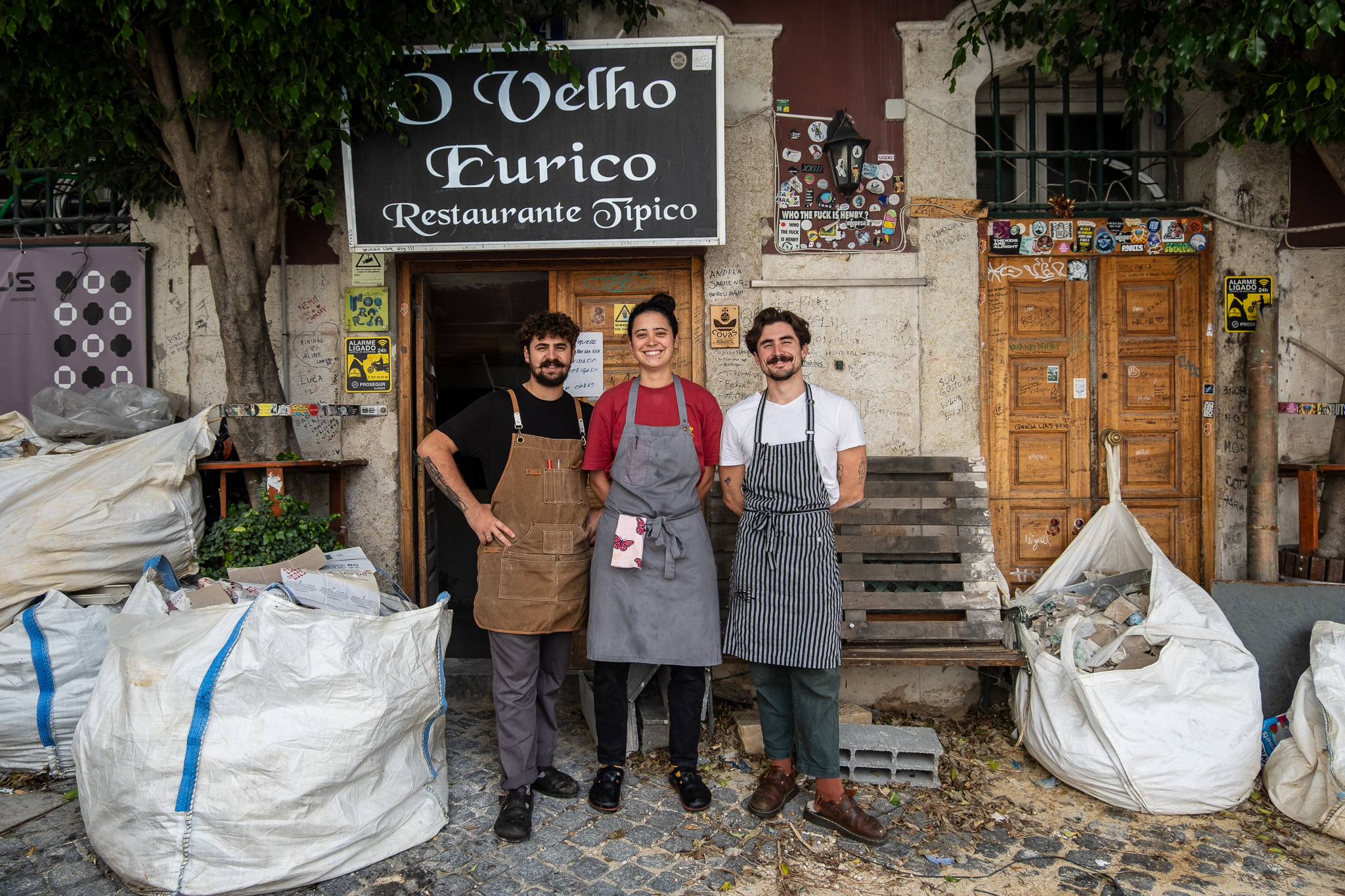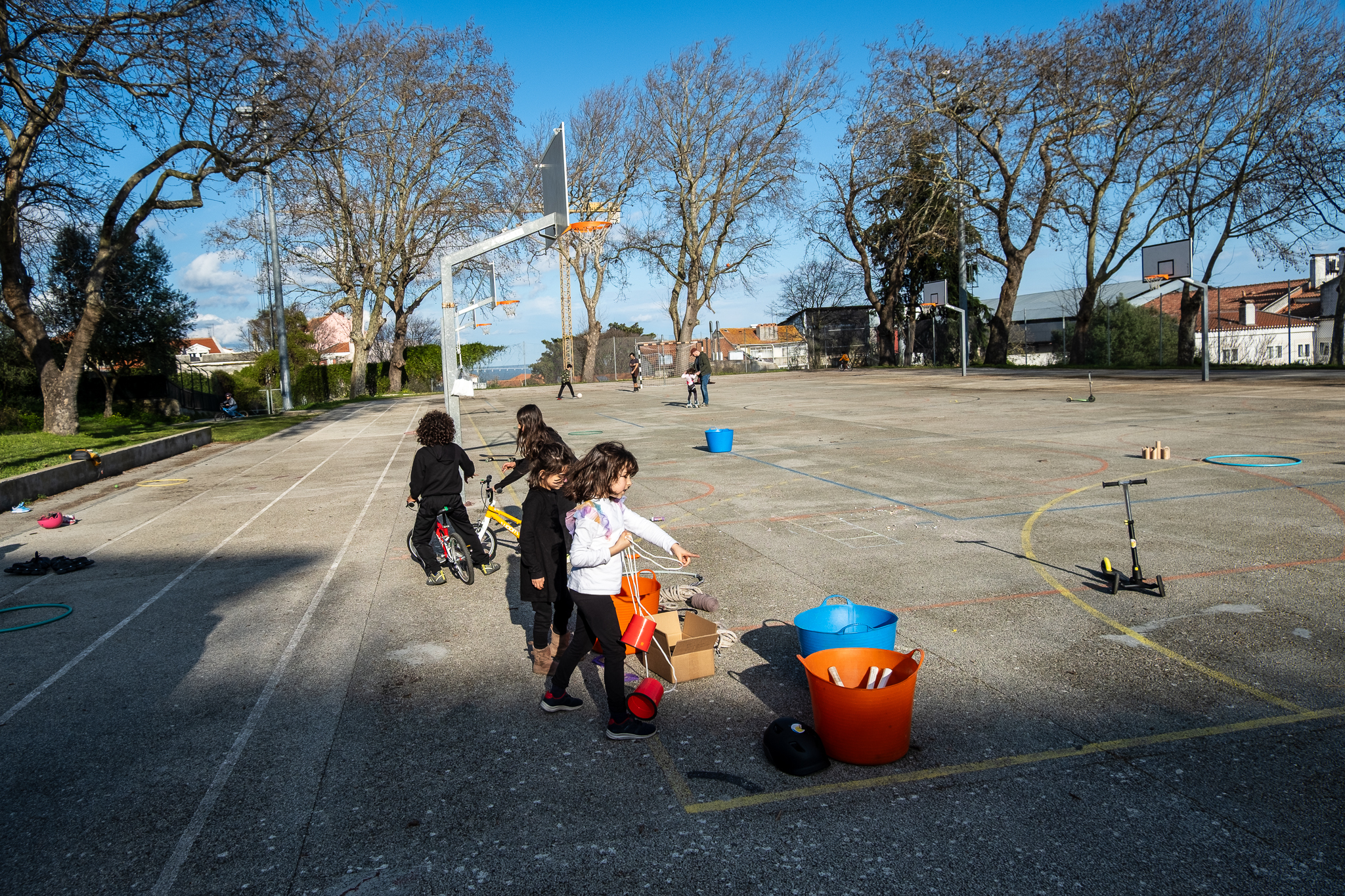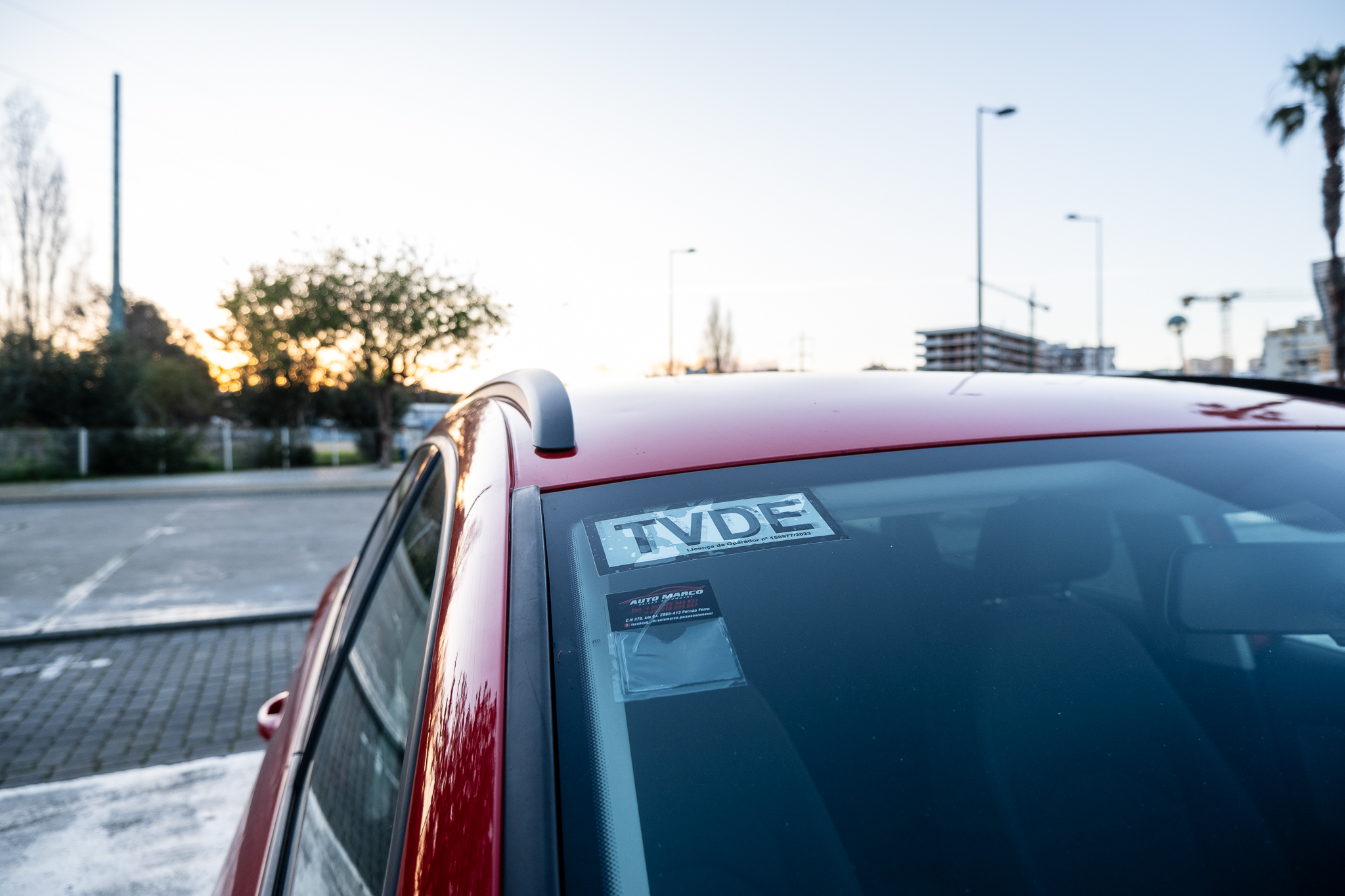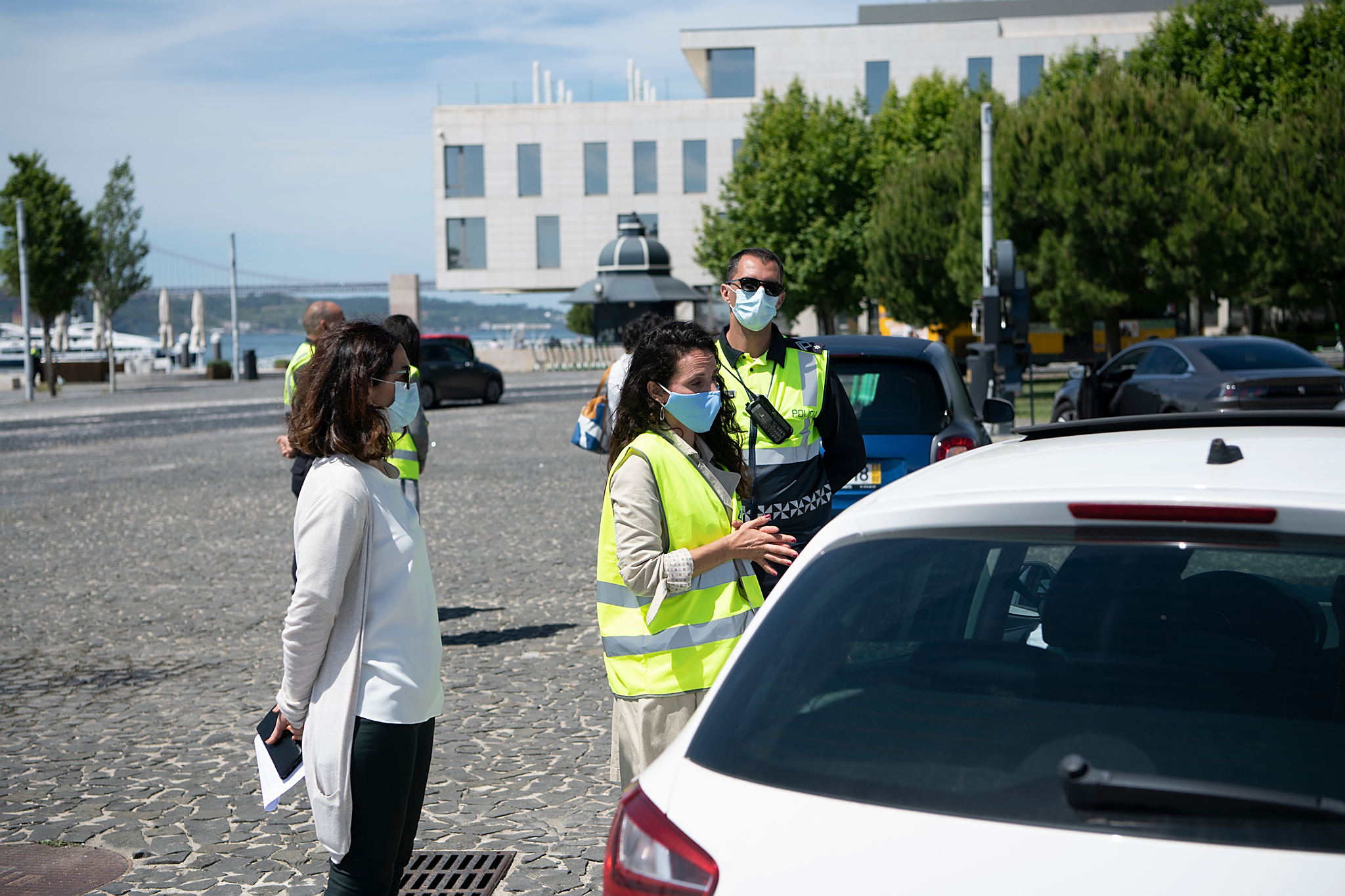
A National Road Safety Authority (ANSR) started this Monday, the beginning of World Road Safety Week, a campaign in Lisbon with the objective of "raise awareness and involve citizens in the importance and benefits of redesigning and adapting urban streets so that speed limits are 30km/h".
The campaign, entitled Commitment 30 - Streets AliveThe event will consist of 14 awareness-raising actions in various locations around Lisbon until next Sunday, May 23rd. On Monday 17th, ANSR was present at the Ribeira das Nausbut also in Seven RiversThe police also warned drivers of the importance of reducing their speed, particularly in areas where pedestrians are present, but also of the care pedestrians must take to ensure that they are seen by drivers.
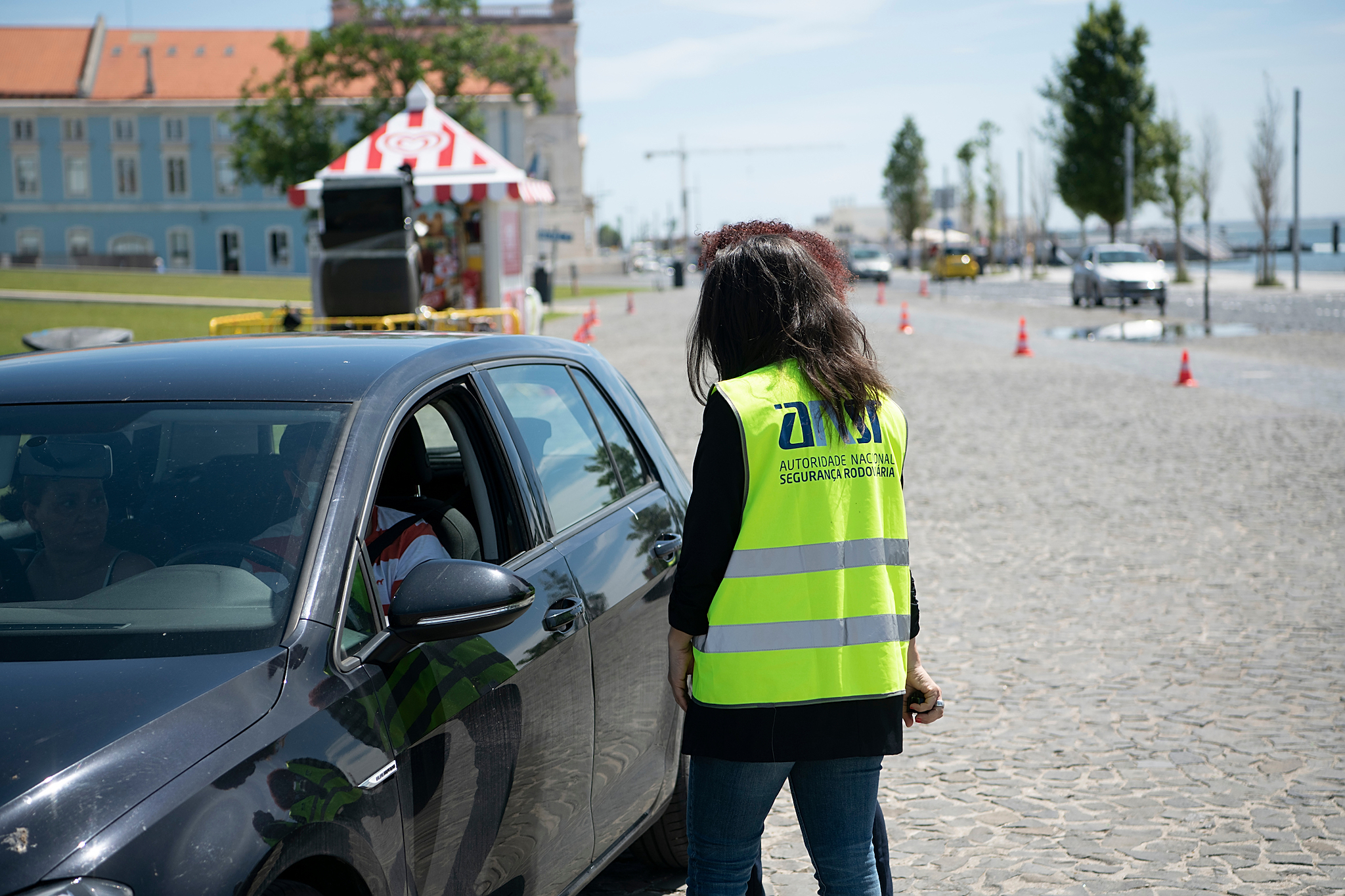
The 30 km/h limit is considered the safest in an urban environment. In the event of a collision between a vehicle and a pedestrian, pedestrian survival is 90% at a speed of 30 km/hAccording to data from the European Safety Council (ETSC), quoted by ANSR. The current urban limit is 50 km/h, which means that in the event of a similar accident, the probability of the vulnerable user dying is much higher, at around half. In addition, at 30 km/h the driver's visibility of those in the street is greater than at 50 km/h and their reaction time is also longer, according to the Brussels municipality. on this informative website.
The urban speed of 30 km/h not only saves lives, but also reduces urban noise and fuel consumptionas there is less acceleration and braking. At the same time, driving at 30 km/h no more congestion because the speed limit affects all vehicles; it allows a better coexistence with bicyclesfor example; and also doesn't make journeys take longer - because even though a car can speed down a street, it has to slow down to stop at a traffic light, an intersection or because someone is looking for a parking space.
The ANSR campaign is being carried out in partnership with the Lisbon City Council, the Municipal Police and Carris, and is part of the sixth edition of the World Road Safety Week, an initiative of the United Nations (UN) baptized this year with the hashtag #love30 and dedicated to the issue of the 30 km/h urban limit. Any citizen can sign the ANSR campaign letter, Commitment 30 - Streets Alive, via this link.
Also be part of the "Commitment 30 - Streets with life" campaign and sign the open letter here: https://t.co/DHoev9ovXr pic.twitter.com/r0nvjnNzgh
- ANSR (@ansegrodoviaria) May 18, 2021
According to ANSR data, in 2020 there were 3,528 hit-and-run accidents, which caused 59 deaths, 290 serious injuries and 3,441 minor injuries. Lisbon remained the district with the highest number of road accidents, with 12 deaths. "The speed at which vehicles travel is particularly decisive for the severity of injuries to vulnerable users, such as pedestrians and cyclists"ANSR said in a press release.
Brussels, the Belgian capital, began 2021 by slowing down practically its entire city, joining cities such as Helsinki in Finland, Zurich in Switzerland, Granobra in France, and Valencia or Bilbao in Spain. Spain, in fact, recently determined that 30 km/h will become the norm on urban streetsThe 50 km/h limit will only apply to distributor avenues, i.e. arteries with two or more lanes in each direction. This change will mean that 70% of Spanish roads will now be limited to 30 km/h. In Portugal, the urban limit is still 50 km/h, but cities such as Lisbon have reduced speeds within neighborhoods to 30 km/h through physical traffic calming measures such as the introduction of barriers or the narrowing of roads.

